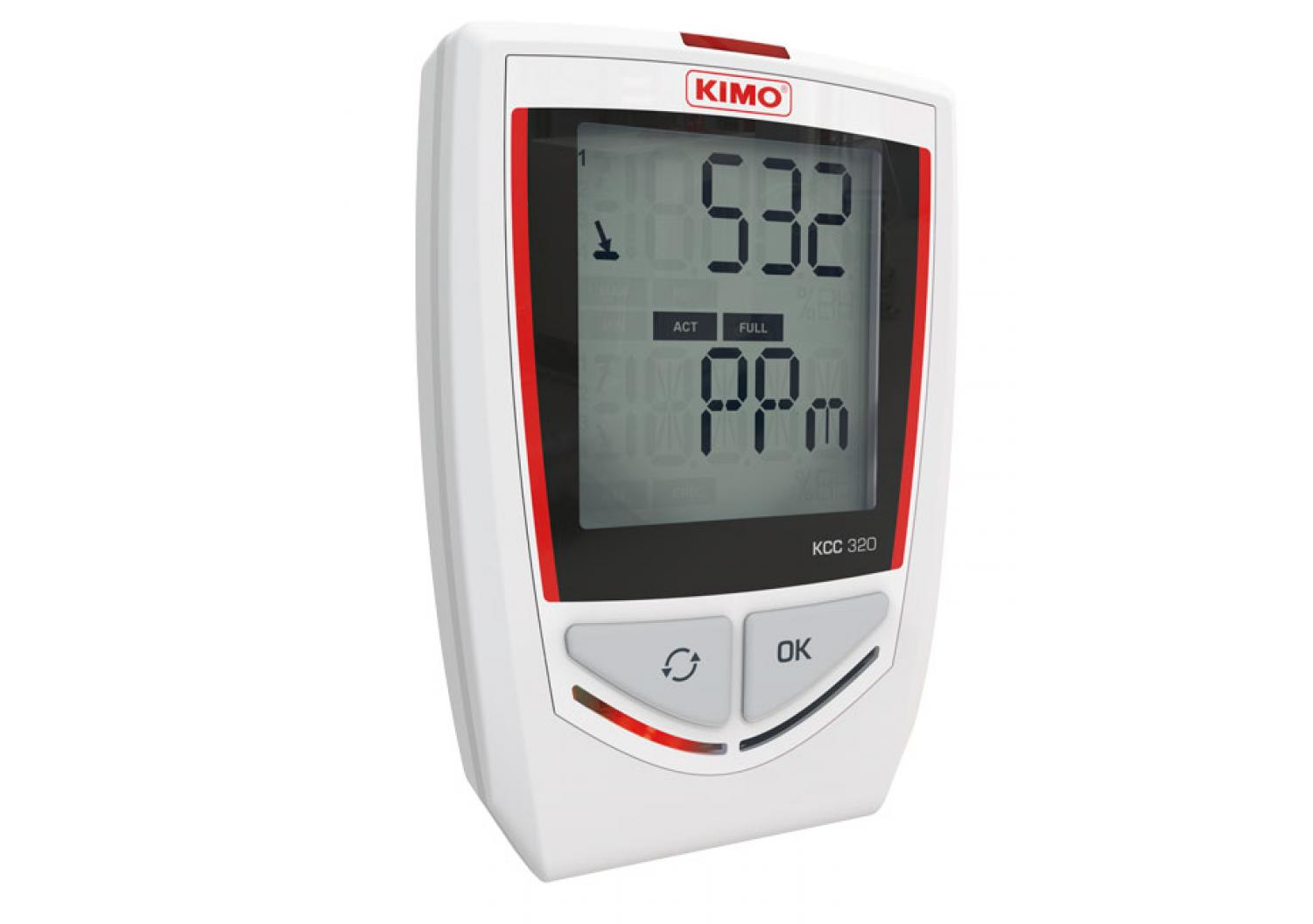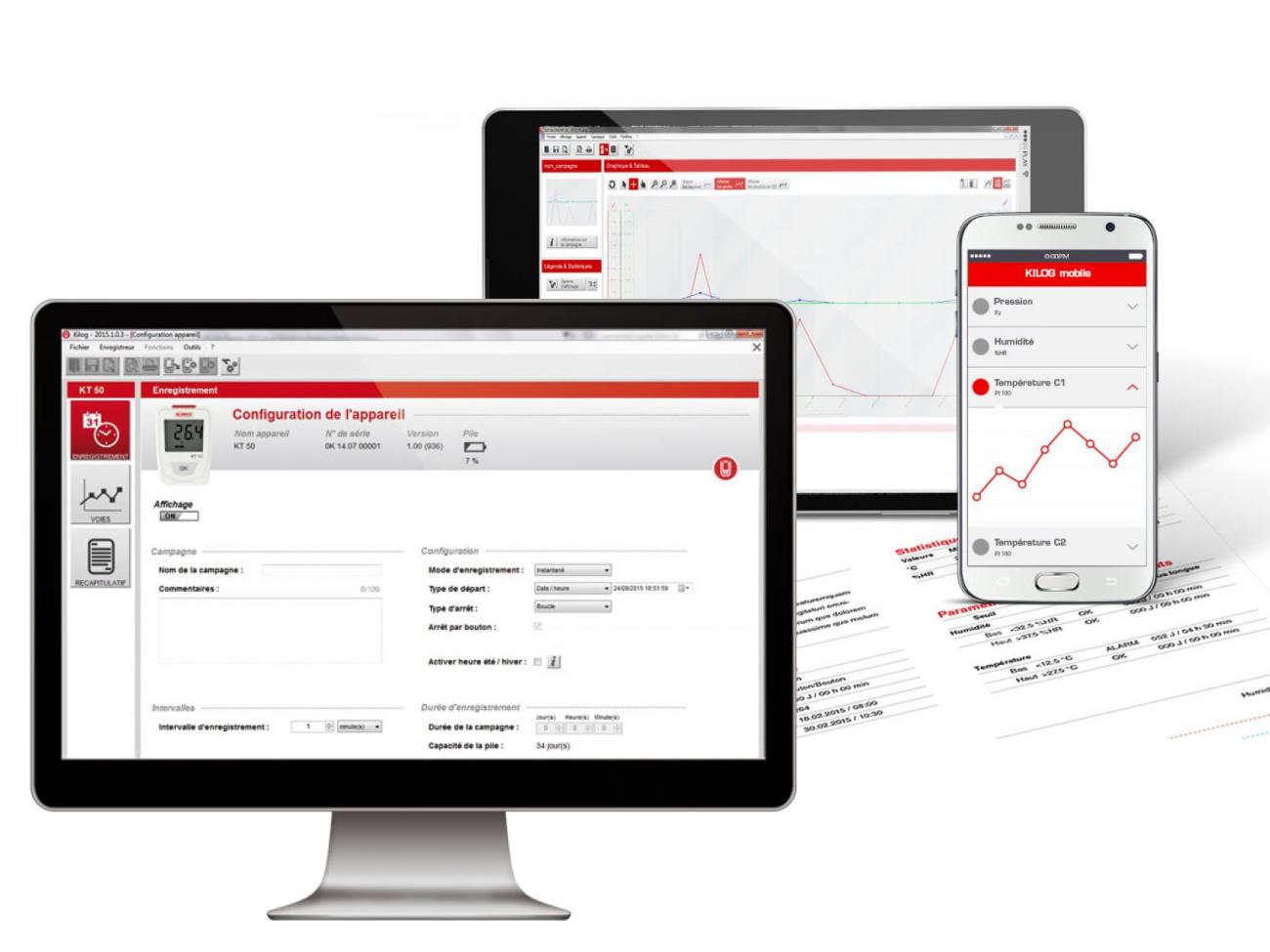KCC 320: helping to protect against COVID-19

Implementing measures to contain the rapid spread of the virus that causes COVID-19 is one of the top public-health priorities right now.
Ventilation on the front line
One of these measures involves replacing the air inside buildings, which reduces the amount of virus contained in the air. That’s why health authorities agree that building ventilation systems have a vital role to play in helping to contain the spread of viral infections.
Ventilation systems need to be in perfect working order so as to achieve a sufficient “air change rate”, or ACR – a parameter that is vital in the fight against the virus. We explain why ACR is so important, and how to measure it using our DBM 620 air flow meter, in this INsights blog article. .

Why it’s important to monitor ventilation systems
In buildings that are occupied daily – like business premises, schools and residential properties – the ventilation system therefore needs to be monitored closely and precisely at all times. This is where our KCC 320 data logger comes into play.
The KCC 320 is ideally suited to assessing the performance of a building’s ventilation system, since it measures three routine indoor air quality indicators simultaneously:
- CO2 concentration: recent studies agree that CO2 concentration is the key indicator for measuring ACR: a lower CO2 concentration means fewer pathogens in the air and, therefore, less risk of infection.
- Humidity: the latest research suggests that the humidity in a room plays an important role in airborne transmission of COVID-19, with an optimal value of between 40% and 60%.
- Temperature: scientists have found that temperature directly influences the ability of the virus to survive, with a significantly reduced risk of infection above 20°C.
The KCC 320 data logger also measures atmospheric pressure, although this parameter on its own has little incidence on the fight against COVID-19. What matters more is differential pressure, i.e. keeping labs or hospital wards at a positive or negative pressure relative to outdoors. Our various differential pressure sensors are better suited to this task.
Automated, secure, wireless measurement
Every aspect of the KCC 320 can be managed from any connected device (USB, wireless connection), with no need to physically access the instrument – from configuring the data loggers and measurement methods, to recording results, generating graphs and statistics, and setting up custom alerts. The KCC 320 also has a 3 years battery life.*

-------------
Sources :
Taiwanese study 12/23/2019
REHVA Guidance v3
German-Indian study 06/21/2020
Learn more (Minnesota Department of Health)
*Based on measurements at 15-minute intervals at 25°C





Add new comment